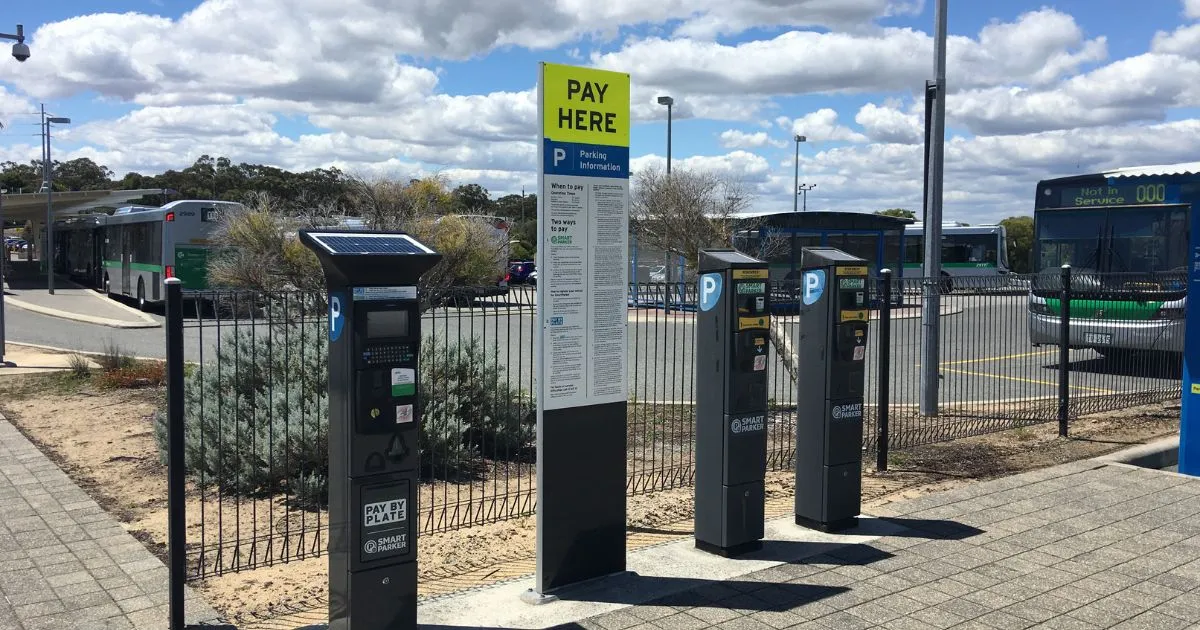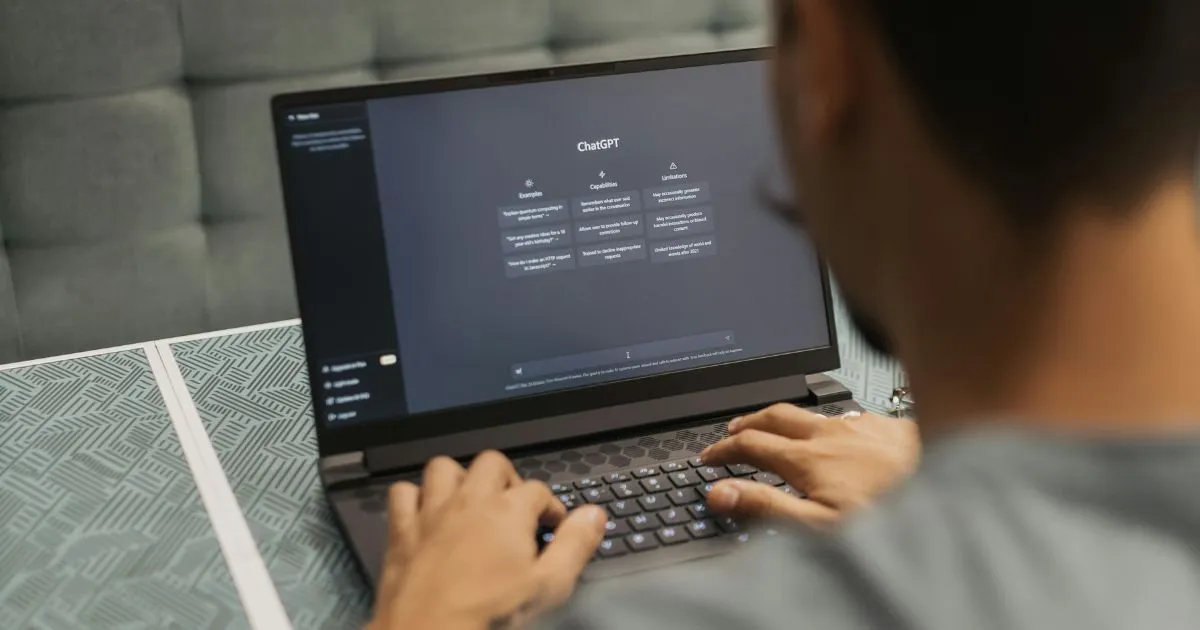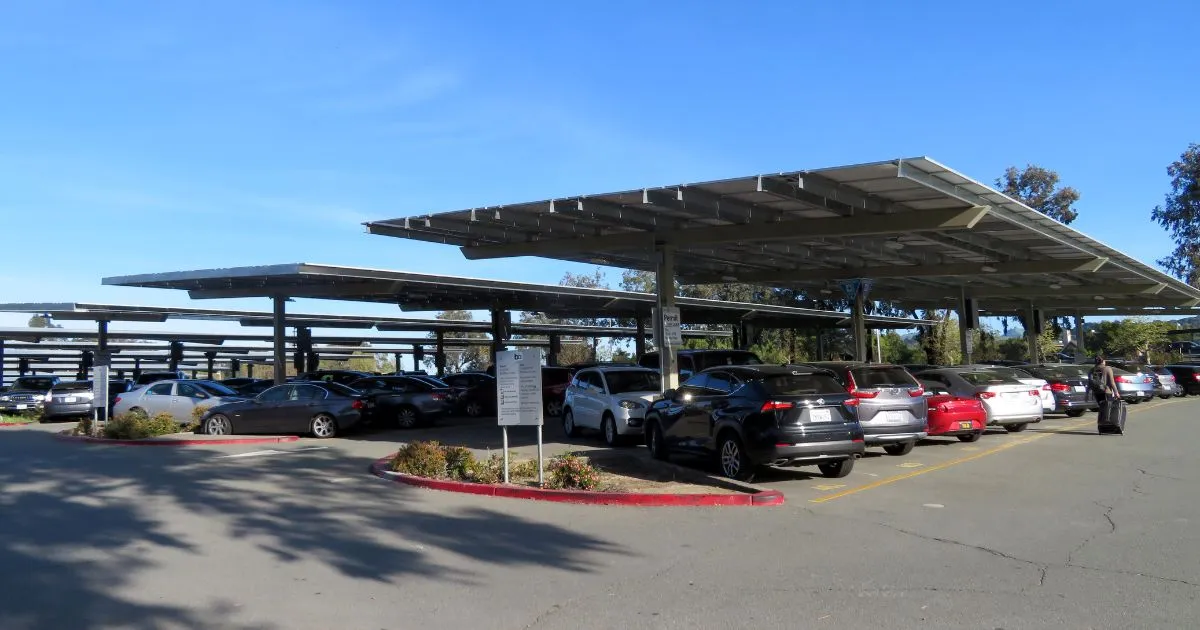The Latest Technologies in Parking Management

Parking management is evolving rapidly, with cutting-edge technologies transforming how parking spaces are utilised and managed. From reducing congestion to supporting eco-friendly initiatives, these innovations are addressing urban parking challenges while enhancing the user experience. The Australian parking services industry, valued at approximately $1.9 billion in 2025 according to IBISWorld market research, demonstrates the significant scale and importance of effective parking solutions across Australian cities.
IoT-Enabled Parking Sensors: Revolutionising Space Management
IoT (Internet of Things) sensors collect real-time data about parking availability, helping drivers find spots quickly while ensuring optimal use of car parks and parking garages. This technology has become increasingly vital as studies indicate that up to 30% of urban traffic stems from vehicles circling as drivers search for available parking, according to CFOtech Australia. The implementation of these smart systems across Australian cities has demonstrated remarkable efficiency improvements. As Daniel Battaglia, founder of Parking Made Easy, notes in his book: "Technology has had a dramatic influence on how parking is managed, and today parking systems use those tools to maximize efficiency across an entire community."
- Ultrasonic Sensors: Accurately detect vehicle presence in a single space.
- Camera-Based Sensors: Monitor multiple spaces and provide vehicle tracking.
- Magnetic Sensors: Reliable in various weather conditions, ideal for outdoor lots.
Examples include smart parking systems in Brisbane that integrate with public transport hubs, providing real-time updates to commuters and reducing idle driving. These implementations have shown a 25% reduction in time spent searching for parking in equipped smart parking stations across Queensland.

Contactless Payment Systems: Streamlining the User Experience
Contactless payment technology has revolutionised parking lot and parking station management by eliminating cash transactions and long queues. Platforms like Wilson Parking in Australia now offer seamless payment options via apps or tap-and-go systems. According to the City of Perth Parking, fee structures are evolving to meet changing demands, with their 2025 pricing update including implementation of more flexible payment options across their facilities.
- Automated entry and exit with license plate recognition.
- Integration with digital wallets like Apple Pay and Google Pay.
- Instant transaction processing for faster user experiences.
The adoption of contactless technology accelerated during the COVID-19 pandemic but has remained popular due to convenience. "By making it easier for drivers to find and pay for parking quickly, these systems reduce the time spent circling for spots.," reports Parklio, a smart parking solutions provider. This improvement in efficiency benefits both operators and users, creating a more streamlined experience when accessing parking facilities.
AI for Parking Space Optimisation: Data-Driven Solutions
Artificial intelligence is redefining parking spaces and parking spot management by analysing usage patterns, predicting demand, and optimising space layouts. For example, Melbourne's airport parking uses AI to forecast peak periods and adjust dynamic pricing accordingly. This approach represents a significant shift from traditional parking management, which relied on static pricing and manual oversight.
- Maximises space usage to accommodate more vehicles.
- Reduces operational costs through predictive maintenance.
- Enhances user experience with real-time data and analytics.
AI-powered solutions like Parkhound help users find and book parking spaces based on their preferences and real-time availability. According to Australia's car parking system market research, these intelligent systems are experiencing significant growth due to urbanisation and the increasing scarcity of parking spaces in major urban centres.

Mobile Apps for Parking Availability: Technology at Your Fingertips
Mobile apps have transformed the way Australians access parking stations and car parks. These applications offer navigation guidance, reservation options, and real-time updates, making parking less stressful. From university campuses to CBD locations, mobile parking apps are changing how Australians interact with parking facilities. Monash University, for example, has implemented a Pay As You Use (PAYU) system across its campuses, allowing students and staff to pay only for the parking they actually use.
- Navigation Assistance: Helps drivers locate available spots easily.
- Pre-Booking: Reserve spots in advance to save time and ensure availability.
- System Integration: Links with facility management tools for seamless operations.
Major shopping centres in Sydney now integrate these apps with their ticketless parking systems, streamlining the entire process. Our experience working with retail property owners shows that implementing app-based parking solutions can increase customer satisfaction by 35% while reducing congestion around shopping centre car parks.
Eco-Friendly Parking Initiatives: Sustainability in Focus
Many Australian cities are adopting green parking technologies to reduce emissions and support sustainable urban development. This shift aligns with broader environmental goals and addresses growing consumer demand for eco-conscious options. The integration of parking garages with sustainable technologies represents an important step toward reducing the environmental impact of urban transportation infrastructure.
- EV Charging Stations: Increasingly found in underground and premium parking spaces.
- Smart Commuting Plans: Platforms that encourage carpooling and integrate with public transport schedules.
- Emission Tracking: Tools that monitor and report reduced emissions from optimised parking systems.
Adelaide, for example, has implemented solar-powered smart parking meters, demonstrating a commitment to eco-conscious technology. The use of solar panels in parking facilities not only reduces operating costs but also contributes to Australia's renewable energy goals, making parking infrastructure more sustainable for future generations.

Conclusion: Embracing the Future of Parking Management
The future of parking management in Australia lies in adopting smart technologies that prioritise efficiency, convenience, and sustainability. From IoT sensors to AI-powered systems, these advancements are revolutionising how Australians park and commute. As the parking services industry continues to evolve, keeping pace with these innovations will be essential for both operators and users.
By integrating parking technology with urban infrastructure, cities can reduce congestion, improve traffic flow, and create cleaner environments. Platforms like Parking Made Easy are making these innovations accessible to everyday users, ensuring smoother parking experiences for all. We invite you to sign up free on our platform to experience how these technologies can transform your parking experience and contribute to more efficient urban mobility. As Australia moves toward smarter cities, embracing these technologies is key to enhancing mobility and supporting sustainable urban living.
**About the Author:** Daniel Battaglia is the Founder and Chief Executive Officer at Parking Made Easy. Daniel has been working in the parking and urban mobility sector since 2012. With a passion for simplifying parking and helping people save money and time, Daniel provides expert insights into the benefits of finding, booking and renting car parking spaces with the help of Generative AI. For enquiries, you can reach Daniel directly at daniel@parkingmadeeasy.com.au.



